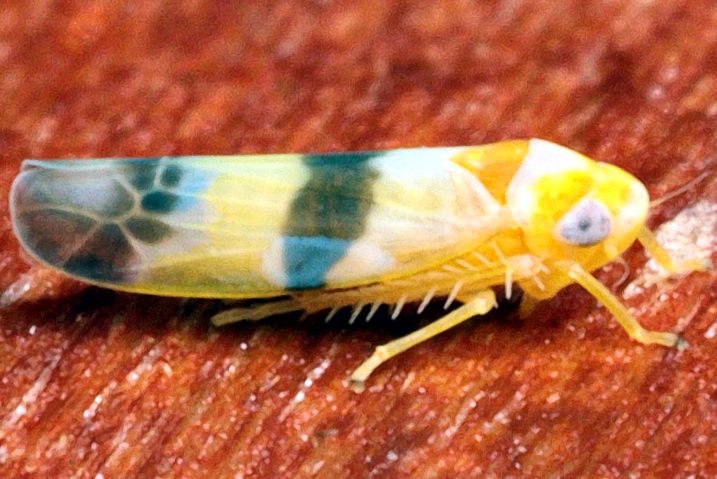Species Photo Gallery for Empoa venusta No Common Name 19 |
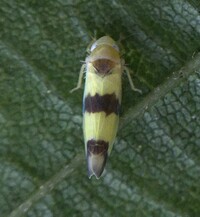 | Photo by: Ted Wilcox
Watauga Co.
Comment: unid_leafhopper | 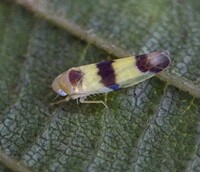 | Photo by: Ted Wilcox
Watauga Co.
Comment: unid_leafhopper |
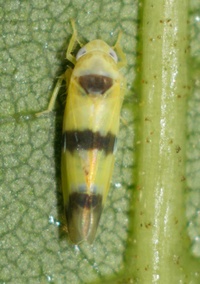 | Photo by: Scott Bolick
Surry Co.
Comment: | 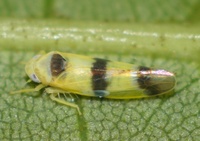 | Photo by: Scott Bolick
Surry Co.
Comment: |
 | Photo by: Ken Kneidel
Yancey Co.
Comment: 3.3 mm male, forest edge with small lawn and meadow nearby. © Kyle Kittelberger |  | Photo by: Ken Kneidel
Yancey Co.
Comment: 3.3 mm male, forest edge with small lawn and meadow nearby. © Kyle Kittelberger |
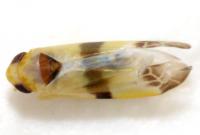 | Photo by: Ken Kneidel
Yancey Co.
Comment: 3.3 mm male, forest edge with small lawn and meadow nearby. © Kyle Kittelberger | 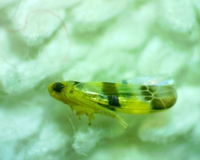 | Photo by: Ken Kneidel
Yancey Co.
Comment: 3.3 mm male, forest edge with small lawn and meadow nearby |
 | Photo by: Ken Kneidel
Yancey Co.
Comment: 3.3 mm male, forest edge with small lawn and meadow nearby | 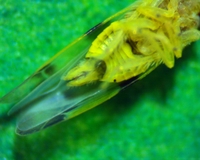 | Photo by: Ken Kneidel
Yancey Co.
Comment: 3.3 mm male, forest edge with small lawn and meadow nearby |
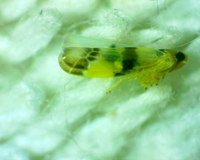 | Photo by: Ken Kneidel
Yancey Co.
Comment: 3.3 mm male, forest edge with small lawn and meadow nearby | 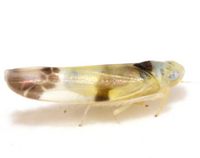 | Photo by: Kyle Kittelberger, Brian Bockhahn, Paul Scharf
Avery Co.
Comment: open area near mixed hardwood forest |
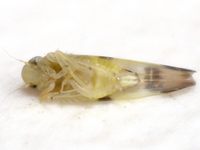 | Photo by: Kyle Kittelberger, Brian Bockhahn, Paul Scharf
Avery Co.
Comment: open area near mixed hardwood forest | 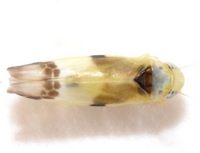 | Photo by: Kyle Kittelberger, Brian Bockhahn, Paul Scharf
Avery Co.
Comment: open area near mixed hardwood forest |
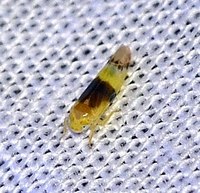 | Photo by: Paul Scharf, B Bockhahn, K.Kittelberger
Watauga Co.
Comment: Attracted to UV Light |  | Photo by: Ken Childs
Out Of State Co.
Comment: pale form |
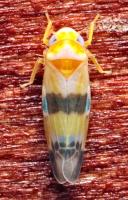 | Photo by: Ken Childs
Out Of State Co.
Comment: pale form | 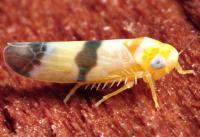 | Photo by: Ken Childs
Out Of State Co.
Comment: pale form |
 | Photo by: Ken Childs
Out Of State Co.
Comment: pale form |

 »
»

